It sounds like a scene from a movie, but a nationwide power grid failure could happen tomorrow. One moment you’re checking email and your kids are watching TV; the next, every light in the house flickers out. The grid-down scenario – whether caused by a hostile cyberattack or an EMP (electromagnetic pulse) – is a real-world threat. It’s happened on smaller scales before (Texas in 2021, Ukraine in 2015), and experts warn it will happen again.1 2 The question is: will you be prepared when the power goes out for weeks, not days?
The Invisible Threats to Our Power Grid
EMP Attacks
Imagine a rogue state or terrorist manages to detonate a nuclear device high in the atmosphere above the U.S. – no explosion at ground level, but a massive burst of electromagnetic energy radiates outward. This EMP wave can fry circuits and transformers in an instant, knocking out power over a huge area.3 Cars stall, phones die, and the grid itself is crippled. An EMP attack “is not as complicated as it may seem,” requiring only a nuclear warhead and a capable missile.4 If exploded over the central U.S., experts say a single EMP could disable over 90% of the country’s grid and electronics.5 The scary part is all modern conveniences would stop: we depend on electronics to pump water, preserve food, run hospitals, and communicate.6 An EMP could set society back to the 1800s overnight.7 While it’s a worst-case scenario, countries like North Korea and Iran have tested missiles capable of such an attack.4 This is why preppers talk about Faraday cages and EMP protection – the threat may be low probability, but extremely high impact.
Cyber Warfare and Grid Hacks:
We don’t need a nuke in the sky to lose power – foreign hackers are already probing and attacking critical infrastructure. In 2015, a cyberattack on Ukraine’s grid (attributed to Russia’s “Sandworm” hacker group) blacked out power to 230,000 people for several hours.2 It was the first known successful hack to take down an electrical grid, and it proved what determined hackers could do.2 Here in the U.S., officials quietly admit that 10 well-coordinated attacks on key substations could take down the entire national grid.8 Hackers might not even need to physically damage equipment; by breaching control systems (SCADA) they can trip breakers, overload circuits, and cause cascading failures. Rogue nation-states like China and Russia have specialized cyberwarfare units capable of hijacking power plant controls or grid networks.9 10 We’ve seen “test runs” – hackers briefly taking control of utility systems just to show they can.11 The U.S. government is playing catch-up on cyber defenses.12 Whether it’s a hostile nation or a terrorist group, a coordinated cyberattack could plunge parts of America into darkness without a single bomb. And unlike an EMP, which is over in seconds, a cyber-sabotaged grid could be repeatedly attacked, slowing efforts to get the power back on.
Old-School Sabotage:
We also can’t ignore physical sabotage – it’s easier than you’d think to damage the grid. Transformers and substations sit out in the open in every town. In 2013, unknown attackers with rifles disabled a California substation by shooting out its transformers (sniper-style from a distance).13 They caused massive damage, but utility workers were able to avert a blackout by rerouting power.14 That incident, largely hushed up in the media, was a wake-up call: a few people with basic tools can take down critical grid components.15 Now imagine a larger, coordinated attack on multiple substations at once – the power would go down and stay down in those areas until repairs are made. The bottom line is the power grid has plenty of weak points, and bad actors know this.
 When the Lights Go Out: Immediate Consequences
When the Lights Go Out: Immediate Consequences
A total power outage isn’t just an inconvenience; it’s a cascade of failures that will catch most people completely off-guard. Within minutes, you’ll realize how many everyday things rely on electricity.
- Communications fail – cell phones might have battery life, but cell towers and internet routers need power, so say goodbye to phone calls, texts, and Google Maps.
- Water stops flowing for many homes, especially in cities and suburbs. Municipal water systems use electric pumps; after backup generators or water towers are exhausted, taps run dry. No power also means no wastewater pumping, so toilets might not flush if you’re on city sewer.
- Transportation snarls, too. Traffic lights go dark, causing jams. Gas stations can’t pump fuel (electric pumps), so whatever gas is in your car’s tank is all you have.
- Retail and banking freeze up – grocery stores and businesses close since registers and credit card networks are down.16 ATMs don’t work, and banks likely shut their doors. If you don’t have cash on hand, you can’t buy anything once merchants stop accepting cards (if any stores even remain open).
- Food and medicine start to spoil or become inaccessible. Most folks’ fridges will keep things cold maybe 4 hours, a freezer about 48 hours if left shut.17 After that, all perishable food is at risk. Restaurants and supermarkets will be tossing tons of rotten food within a day or two. If you rely on medications that need refrigeration or medical devices that run on power, you’re in trouble quickly.16 Hospitals typically have backup generators, but fuel for those could run out in days if resupply falters.
Now consider personal safety. In daytime, it’s an inconvenience; come nightfall, entire cities or towns go pitch black. Law enforcement will be stretched thin, and criminals know security systems and alarms aren’t working. We’ve seen it in history: the 1977 New York City blackout led to citywide looting and arson within hours.18 Without lights and policing, some desperate or criminal elements might take advantage of the chaos. Even in smaller towns, after a few nights of darkness, people will get anxious. You might hear generators humming at a neighbor’s – and that sound can unfortunately draw thieves like moths to a flame. This isn’t to scare you, but to underline that a long-term blackout is more than inconvenience – it’s a full-scale emergency.
Remember Texas 2021:
In February 2021, a winter storm caused the Texas grid to collapse. Over 4.5 million homes and businesses lost power – many for days – in freezing temperatures.1 Water treatment plants failed and water had to be boiled across major cities. Grocery shelves emptied, and folks burned furniture to stay warm. Tragically, at least 246 people died in that week-long crisis.19 That was a regional weather event, not even a deliberate attack, yet it showed how quickly modern systems break down: shortages of water, food, and heat plagued millions.1 Now imagine a nationwide cyberattack hitting dozens of states at once – help from outside the region wouldn’t be so readily available. You and your neighbors could truly be on your own for weeks.
 Hardening Your Home Against Blackout Threats
Hardening Your Home Against Blackout Threats
If the grid goes down tomorrow, your home becomes your fortress. The goal is to make it as self-reliant and secure as possible. Here are practical steps to harden your home and ride out a long-term power outage:
Faraday Protection for Electronics:
An EMP could silently wreck almost any electronics plugged in or even spare devices sitting out. A Faraday cage is a simple enclosure of conductive material (like metal) that shields electronics from an EMP.20 You don’t need a fancy military-grade box – even a DIY solution can work. Line a metal trash can (with a tight-fitting lid) using cardboard or insulation (so devices don’t touch the metal), and you’ve got a basic Faraday cage. You can also build one from a wooden frame wrapped in aluminum foil or metal mesh.21 Store essential electronics in here: for example, a spare cell phone, a small radio, walkie-talkies, a solar battery charger, an old laptop or USB drive with important documents, etc. The idea is to have some working electronics after an EMP or surge. Keep the cage closed; only open it in an emergency or periodically to swap out batteries. Tip: Even if you’re not worried about EMP, a Faraday cage can protect gear from lightning strikes and solar flares too (nature’s EMP).
Backup Power Sources:
Most preppers have a generator on hand – but you need to know its limits and dangers. A fuel-powered generator (gasoline, diesel, propane) can keep lights and appliances running, but only use it outdoors with plenty of ventilation (far from open windows) to avoid deadly carbon monoxide.22 Store enough fuel to last at least a week of on-and-off use, and treat/stabilize gasoline so it doesn’t go bad in storage. Remember, gas pumps won’t work in a blackout, so what you have is what you got. Solar power is a fantastic silent backup: even a basic setup (a few panels and a battery bank) can charge radios, phones, and maybe a fridge if the system is big enough. Unlike a generator, solar isn’t immediately fried by EMP if it’s not connected to long wires (panels might be okay, but the inverter/controller could be vulnerable – consider keeping a spare in that Faraday cage). Also consider power alternatives like a hand-crank generator or bicycle generator for small electronics – it’s tedious but functional. Stock up on batteries, especially rechargeables, and a solar battery charger. If you have a wood stove or fireplace, that’s a form of energy too (heat for warmth and cooking).
Non-Electric Tools and Appliances:
Embrace an 1800s mindset when it comes to tools. If the power’s out, your corded power drill and electric kitchen gadgets are paperweights. Equip yourself with quality hand tools: saws, hand drill (egg-beater style or brace and bit), hand-crank grain mill, manual can opener (you’ll feel really silly if you stockpiled canned food but only have an electric opener!). For cooking, have a camp stove (propane or butane) or a grill (charcoal or propane) – and store enough fuel for it. A cast iron dutch oven can even be used over an open fire. Solar ovens can work during sunny days to bake or boil food with zero fuel. Old-fashioned oil lamps or kerosene lanterns provide light and heat (just stock fuel and spare wicks, and be fire-safe). Even cheap solar garden lights can be a godsend: charge them outside during day, bring them in at night for ambient lighting. By planning for manual alternatives now, you won’t be helpless when all the electric gadgets you rely on suddenly don’t work.
Home Security and Reinforcement:
In a prolonged outage, security becomes crucial. First, light discipline – you don’t want your house to be the only one in the neighborhood brightly lit by a generator or candles, advertising “supplies here!” Use blackout curtains or heavy drapes to contain light at night. Keep doors and windows locked as usual, and consider affordable upgrades like longer screws in door strike plates and window locks to make break-ins harder. A battery-powered motion sensor alarm or driveway alarm can alert you to intruders even with no power. If you have a firearm and know how to use it, keep it accessible (laws permitting), as desperate times can lead to desperate behaviors. Non-lethal defense like pepper spray and a good flashlight (to blind/disorient an intruder) are also good options. Coordinate with neighbors if possible – a neighborhood watch is the best deterrent. Even just agreeing to check on each other and make some noise if something’s amiss can keep trouble at bay. Most people will band together during crises, but it only takes a few bad actors to threaten a community, so don’t be naïve.
Fire Safety:
Ironically, when the power’s out and you’re using candles, kerosene lamps, campfires or generators, the risk of fire and carbon monoxide poisoning goes way up. Make sure you have fire extinguishers in your home and know how to use them. Install battery-operated smoke and CO detectors (they work even when grid power is off). Ventilate when using a propane camp stove – crack a window. Never run a generator in a garage or indoors.22 Tragedies often happen during blackouts from fires or fumes, so stay vigilant about these hazards as you implement your off-grid solutions.
 Water: Your #1 Lifeline
Water: Your #1 Lifeline
Water is the top survival priority in any grid-down scenario. The rule of thumb is one gallon per person per day for drinking and basic sanitation, minimum. If the taps go dry, that water goes fast. Here’s how to prepare:
Store Water Now:
You should store as much clean water as your space allows before any emergency. Common options include filling 5-gallon water jugs, repurposing cleaned soda bottles, or using dedicated water storage containers (like 15-55 gallon barrels) if you have room. For an easy win, every time you empty a sturdy 2-liter soda bottle, sanitize it and fill it with tap water, adding a few drops of plain bleach (if your water isn’t chlorinated) – over time you’ll accumulate a buffer supply. Aim for at least 2 weeks of water stored (that’s 14 gallons per person). Don’t forget pets need water too. Pro tip: Your home already has some hidden water: your water heater tank (often 30-50 gallons) holds potable water – learn how to drain it if needed. The toilet tank (not the bowl) also holds clean water (unless you put cleaning chemicals in it). In a pinch, even your home’s pipes hold a few gallons – open the highest faucet (to let air in) and collect water from the lowest faucet.
Collecting Water Off-Grid:
In a long outage, stored water will eventually run out, so you need a way to replenish. Rainwater harvesting is excellent if you live in a house (check local laws, but in an emergency survival trumps permits). Set out clean containers when it rains or rig gutters to collect into barrels. Even a plastic tarp or sheet can be tied up as an improvised rain-catch. Just remember that rainwater runoff from roofs can contain debris or bird droppings, so filter and treat it before drinking. If you have a swimming pool, that’s thousands of gallons of water – it’s not potable as is (chlorine levels drop and algae grows without filtration), but it’s great for washing or flushing toilets, and can be filtered for drinking in an emergency. Natural sources like rivers, lakes, or ponds are obvious alternatives if you live nearby – but assume all surface water is contaminated with microbes (and possibly chemicals). You’ll need to purify it.
Water Purification:
Every prepper should have multiple ways to make water safe. Boiling is the simplest: a full rolling boil for 1 minute (or 3 minutes at high altitudes) will kill bacteria and parasites. Let it cool and keep it covered while cooling. Household bleach can disinfect water: use 8 drops of unscented bleach per gallon of clear water (16 drops if the water is cloudy), stir and let sit 30 minutes. It’s not great-tasting, but it works in a pinch (and the faint chlorine smell means it’s sanitized). Store a few gallons of plain bleach (it also has many cleaning uses) and note it loses potency after ~1 year, so rotate it. Better yet, invest in a quality water filter. There are inexpensive straw-style filters (like LifeStraw or Sawyer Mini) that let you drink directly from a source or bucket. Pump filters and gravity-fed drip filters (like the popular Berkey) can produce larger quantities of drinking water daily and even filter out many chemicals and heavy metals depending on the filter grade. Even a DIY solution – like a two-bucket system with ceramic filters – can work.23 Filter first, then boil or bleach, and you’ve got multiple layers of safety. Also stock up on containers to carry and store water – collapsible jugs, buckets with tight lids, etc., so you can transport water from source to home if needed.
Water for Hygiene and Sanitation:
In a grid-down world, personal hygiene can quickly deteriorate – which leads to disease. Reserve your clean water for drinking and critical cleaning; for washing up, get creative. Baby wipes or wet wipes are handy for quick sponge-baths without water. Hand sanitizer is good for killing germs when handwashing isn’t possible (stock up on it). If you have to flush toilets without running water, you can manually pour a bucket of greywater (non-drinkable water) into the bowl to flush. Alternatively, be ready to improvise a toilet: line a 5-gallon bucket with heavy-duty trash bags, and add a pool of kitty litter, sawdust, or quicklime to contain odors between uses. It’s not pleasant, but neither is a sewage backup in your home. Good sanitation will keep you healthy when the grid’s down.
 Food: Keep Your Family Fed When Refrigeration Fails
Food: Keep Your Family Fed When Refrigeration Fails
Most households have only a few days’ worth of food on hand. In a massive power outage, grocery stores will be stripped bare within hours, and resupply may not come. You need to stockpile food that doesn’t require refrigeration and ideally little cooking:
Build a Prepper Pantry:
Focus on shelf-stable foods. Canned goods (vegetables, beans, meats, soups, fruits) can last years and be eaten straight from the can if necessary. Dry staples are also key: rice, pasta, oats, dried beans, lentils – but remember these usually need water and cooking to prepare, so have fuel and a pot to cook them. Peanut butter, honey, jerky, nuts, protein bars, and dried fruits are calorie-dense snacks that need no cooking. Don’t forget comfort foods too – a bag of hard candy or instant coffee can lift morale. Aim to store at least a few weeks of food for your family. Rotate your stock (eat what you store, store what you eat) so it stays fresh. If you’re on a budget, just buy a few extra of whatever is non-perishable each grocery trip and tuck it away.
Cooking Without Power:
As mentioned under tools, have a way to cook off-grid. A camp stove or backyard grill is invaluable. If indoors, a fireplace or wood stove can heat up soup or boil water (cast iron or camp cookware helps for this). In summer, a solar cooker can bake or boil with zero fuel. You can even improvise a “rocket stove” with bricks or a #10 can to burn twigs efficiently for heat. Whatever method, never cook with open flames inside without ventilation – the risk of carbon monoxide is real. Plan simple meals: one-pot stews, rice and beans, oatmeal – things that don’t require multiple pots and lots of water, to conserve resources. Also, ration fresh foods as the fridge warms: eat perishables like meat or dairy first (within the first day) before they spoil, then transition to your canned/dry goods.
Keep Food Safe:
Food poisoning is the last thing you need during a crisis. As a rule, if perishable food (meat, dairy, leftovers) has been above 40°F for over 4 hours, don’t risk it – when in doubt, throw it out.17 It’s frustrating to waste, but sickness will weaken you more. A freezer, if kept closed, can keep food frozen for ~48 hours (24 hours if half-full).24 You can extend this by grouping frozen items together, and adding bags of ice or snow if available. Consider purchasing a fridge/freezer thermometer so you know when it’s warming into the danger zone. If you have pets, have a stock of their food as well (and a plan for their water).
Cooking Fuels and Fuel Storage:
Beyond just having a stove or grill, make sure you have enough fuel. Store extra propane tanks (those 20 lb BBQ cylinders last a good while, and small 1 lb canisters for camp stoves go quicker so have many). If you have a charcoal grill, stock charcoal (and keep it dry). Firewood is important if you have a wood-burning appliance – have a pile seasoned and ready. And don’t overlook alternative fuels like Sterno cans or alcohol fuel for small camping stoves. They’re safe for indoor use (with ventilation) and great for quick heating. Lastly, plan for fire safety: whatever your fuel, keep a fire extinguisher nearby and don’t leave open flames unattended.
 Communication When the Grid is Down
Communication When the Grid is Down
When phones and internet fail, information becomes as precious as gold. You need ways to communicate with family and get news. Here are some comms tips for a blackout scenario:
Family Emergency Plan:
Before anything happens, sit down with your family or close friends and make an emergency communication plan. Decide on a couple of meetup locations – one near home (like a local park or a neighbor’s house) if the emergency is hyper-local, and one outside the neighborhood (or even in a neighboring town) in case you can’t get home. Every family member should know, if phones are dead: “Head to Location X and wait,” or “Contact Aunt Sue if possible, she’s our out-of-state relay.” Sometimes a text or call to someone outside the affected area can get through easier; that person can act as a message hub if you pre-arrange it. Practice this plan: have a drill where one evening you simulate no phone/internet and see if everyone remembers what to do and where to go.
Radios for Backup Comms:
Battery-powered or hand-crank radio is a must-have. The National Oceanic and Atmospheric Administration (NOAA) weather radio channels often broadcast emergency information during disasters. Get a small NOAA radio and keep it in your Faraday cage (or at least shielded) when not in use. For two-way communication, consider walkie-talkies (FRS/GMRS radios). These are cheap, don’t require a license (FRS), and can reach a few blocks to a couple miles depending on terrain – good for talking with neighbors or family around the area. CB radios (like truckers use) can reach several miles and don’t need a license either – one in your vehicle and one at home can let you communicate if you’re out scavenging or helping someone and need to check back. The gold standard is HAM radio. With a basic Technician license (and a ~$30 handheld radio called a Baofeng), you can reach local repeater towers and possibly talk across your state or farther. Even without a license, anyone can listen to ham radio or even transmit in a true emergency (life-or-death scenario) legally. If you’re serious about preparedness, get into ham radio – it’s a lifeline when all else fails, as ham operators often provide emergency comms during disasters. Just remember to protect radios from EMP by storing them unplugged or inside a Faraday container.25
Neighborhood Communication & Signals:
In an extended grid-down, your immediate community becomes your support network. It’s wise to coordinate with neighbors ahead of time. Something as simple as “If the power’s out, we all meet at noon by the mailboxes to check in” can ensure everyone is okay and share news or resources. You can agree on signals: maybe each house has a white cloth to hang out front indicating “we’re okay,” and a red cloth meaning “need help.” Whistles can be lifesavers – three blasts is the universal signal for distress. Handheld air horns or even flashing a mirror in daylight can signal for attention. If you’re in a rural area, two-way radios among neighbors can form a local net. In an apartment, knocking on doors or hallway meetings each morning can substitute for high-tech comms. The key is to have a plan to connect with those around you – you’re far stronger working together than each household fending alone.
Staying Informed:
Lack of information breeds panic. So find ways to get news. Besides radio broadcasts, if you had the foresight to save offline maps and PDFs of survival info on a device (and protected it), you can reference those. A spare old smartphone or tablet loaded with an offline Wikipedia or survival manual (and powered by solar chargers) could be a library in your pocket when the internet is gone. Also, word of mouth becomes vital – this is where that community check-in helps. Someone might have a working car radio or a generator powering a TV catching a bit of news. Share what you learn with neighbors, and they with you. Just be wary of rumors – in crises, unfounded rumors spread fast. Try to confirm from multiple sources if possible before acting on major decisions.
It’s Not “If” But “When” – Be Ready
A massive grid-down event is not science fiction – it’s a historical fact and a future certainty. We’ve seen localized glimpses: the Northeast Blackout of 2003, New York in 1977, Ukraine’s hacked grid in 2015, and millions freezing in the dark in Texas 2021.1 Our modern power grid is an aging, complex beast vulnerable to EMPs from above and cyberattacks from afar. One day, whether due to a geomagnetic solar storm or a malicious actor, the plug will be pulled without warning. When that day comes, every prepared family will be far better off than those who always assumed “that can’t happen here.”
Preparedness is about empowerment. It’s knowing that if the hackers strike or the EMP explodes, your family can still drink clean water, eat a decent meal, stay warm, and keep a level head while others panic. It’s the confidence that you can protect your loved ones and even help your neighbors, becoming a pillar of your community rather than a victim. So start cultivating that self-reliant mindset today.
Prepare for the worst, pray for the best, and you’ll sleep a whole lot sounder knowing that when the lights go out, you won’t be left in the dark.1 18
Others Are Watching Now:
References
[1] [19] 2021 Texas power crisis – Wikipedia
https://en.wikipedia.org/wiki/2021_Texas_power_crisis
[2] 2015 Ukraine power grid hack – Wikipedia
https://en.wikipedia.org/wiki/2015_Ukraine_power_grid_hack
[3] [4] [5] [6] [7] [8] [9] [10] [11] [12] [13] [14] [15] 6 Ways The Power Grid Could Collapse – Survivopedia https://www.survivopedia.com/the-power-grid-could-collapse/
[16] [17] [22] [24] Power Outages | Ready.gov
https://www.ready.gov/power-outages
[18] New York City blackout of 1977 – Wikipedia
https://en.wikipedia.org/wiki/New_York_City_blackout_of_1977
[20] [21] [25] An Essential Step by Step Guide to Survive an EMP Attack – MIRA Safety
https://www.mirasafety.com/blogs/news/emp-attack-survival-guide?srsltid=AfmBOoqwmiPex2dLE073MHzyyUUPFN6Hbn19xB-0Z0PVfDykLSqfJEis
[23] Filtering rainwater for drinking water? : r/OffGrid – Reddit https://www.reddit.com/r/OffGrid/comments/zg6pez/filtering_rainwater_for_drinking_water/

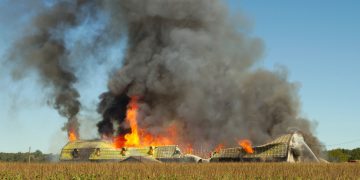






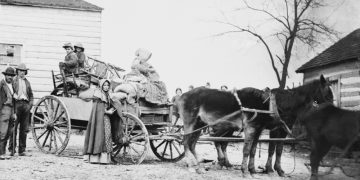
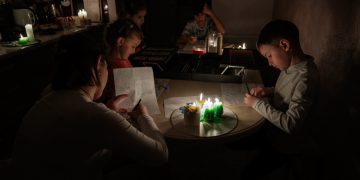
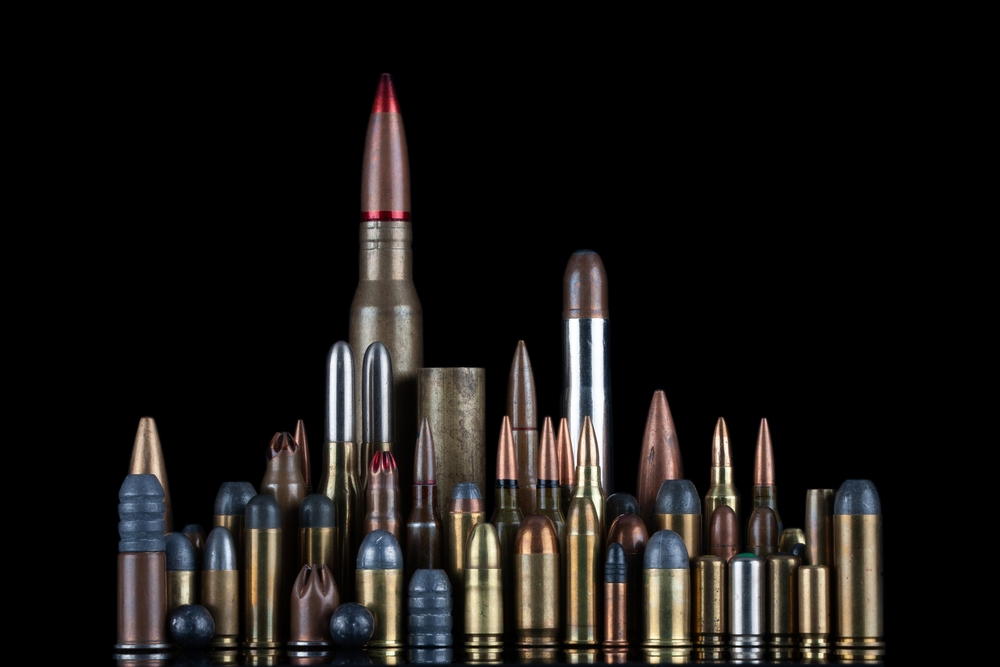
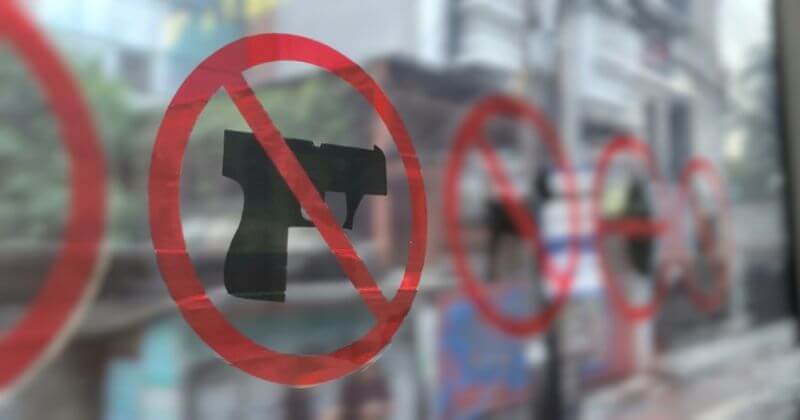



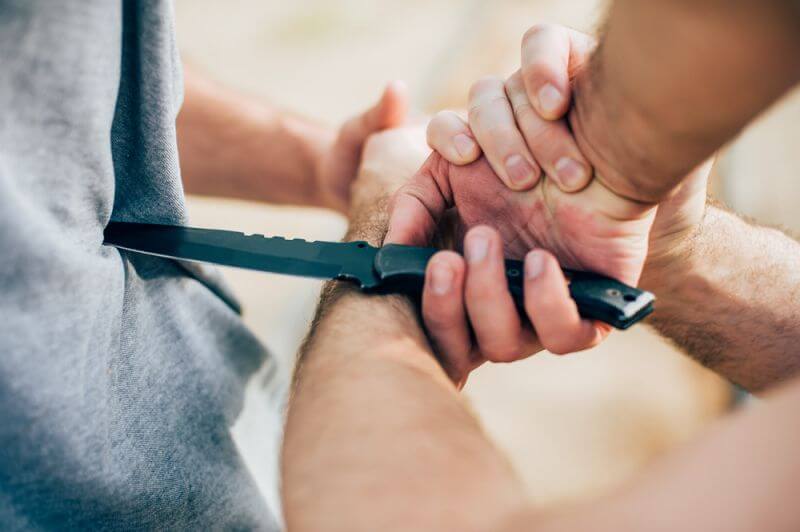
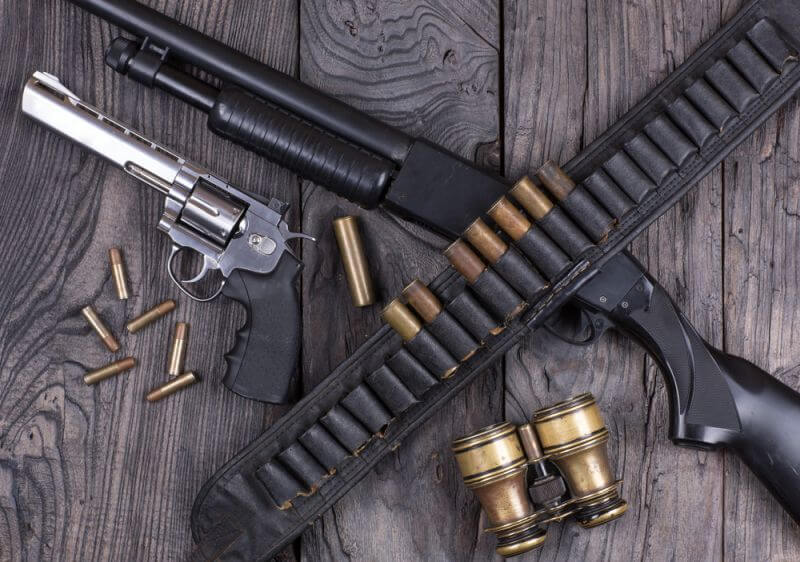

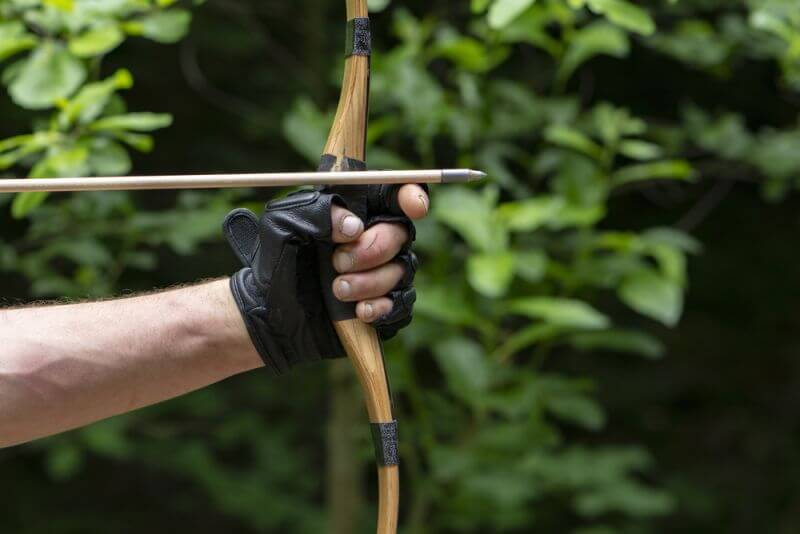










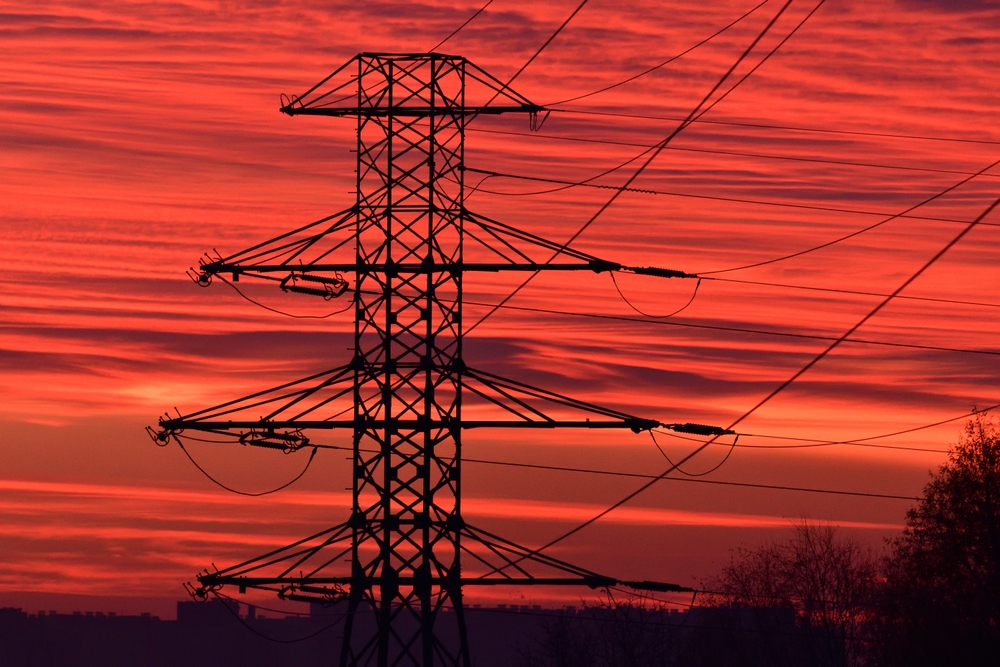
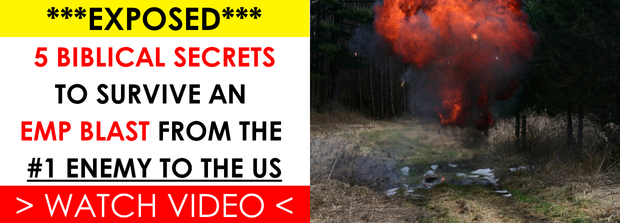















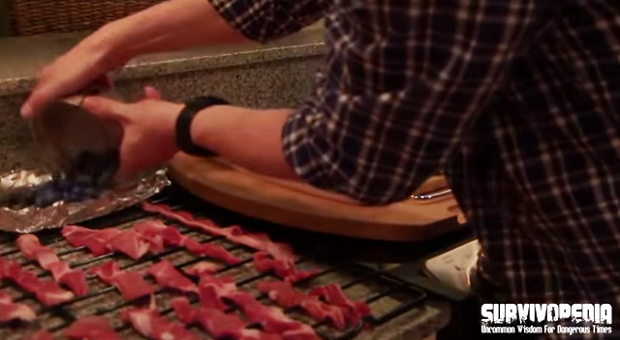



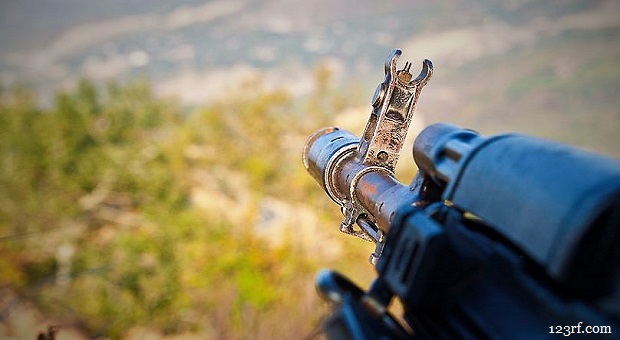

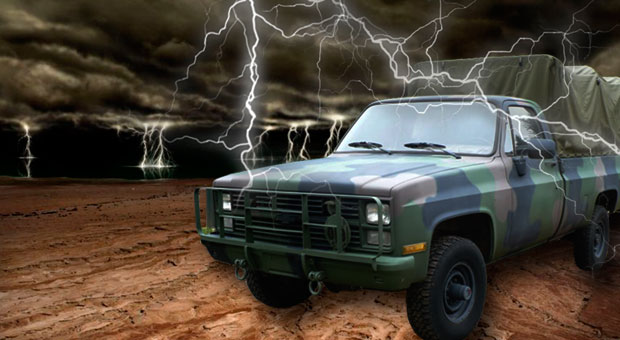
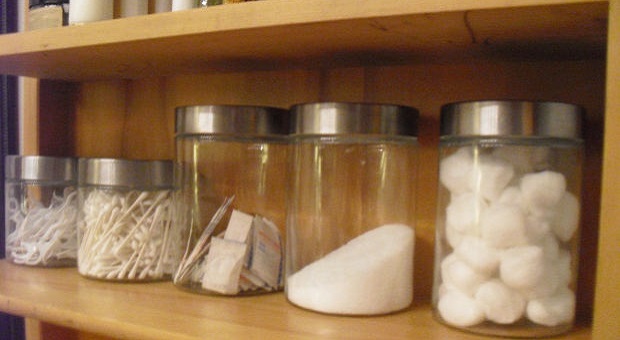













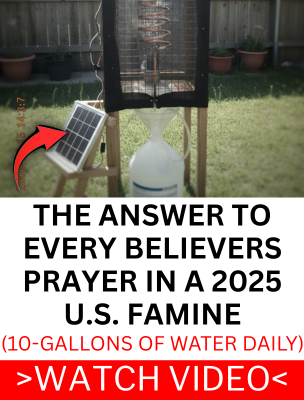
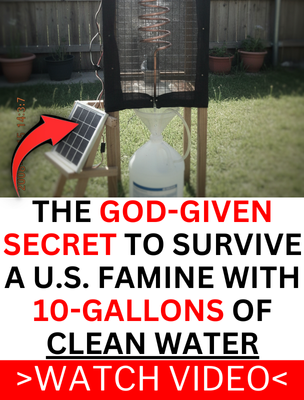




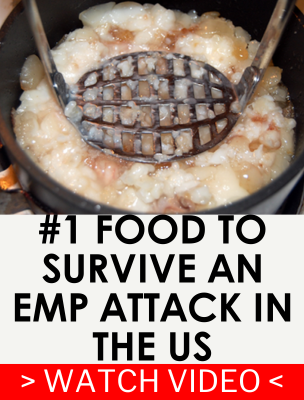
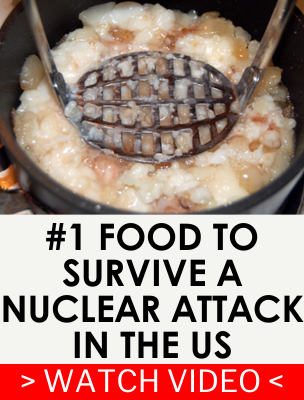

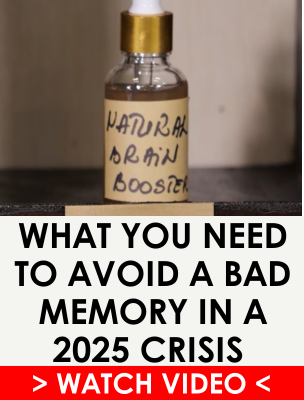
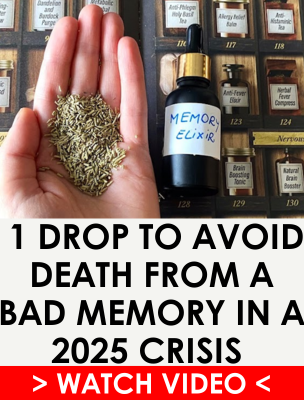




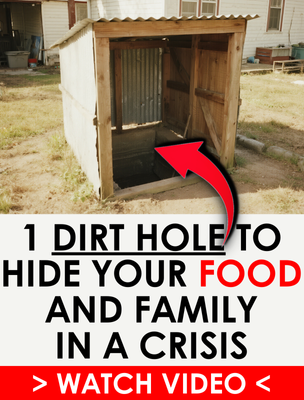
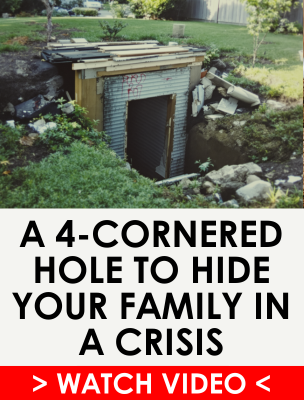

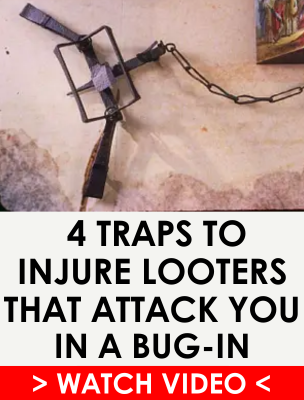
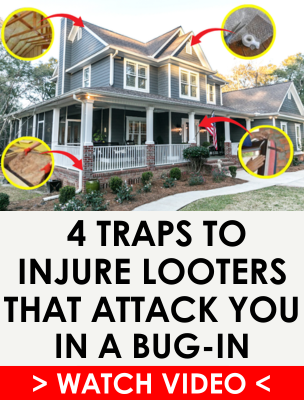










A microwave oven is a faraday cage
Life saver water Jerry can just simple the best
Bicycles and every thing that they can be worked tool ,to tires inner tubes
Can roll a 5 gallon life saver water filter easy than carry it
Seek a pit barrel bar b q
DeWalt makes a battery charger with a car cigarette lighter connection. It would be easy to connect to 12 volt auto batteries and a solar power unit. If you have a lot of portable tools and not a lot of hand tools, this could keep you working.
I’m very happy having a gas stove. And appreciate that tip about my microwave/faraday cage.
Just a note, a gas stove is a good idea, but in the event of a grid failure, gas might not be available. For reasons known only to the EPA, the compressors that move the gas from the gas fields are now run electrically because the EPA determined that the gas compressors were an enviornmental hazard. So if the grid goes down, the gas pressure will likely go down with it. Converting your gas stove to LP or propane will eliminate this concern. I installed a 100 gallon propane tank at my house and with constant use, only burn about 3 gallons a month.